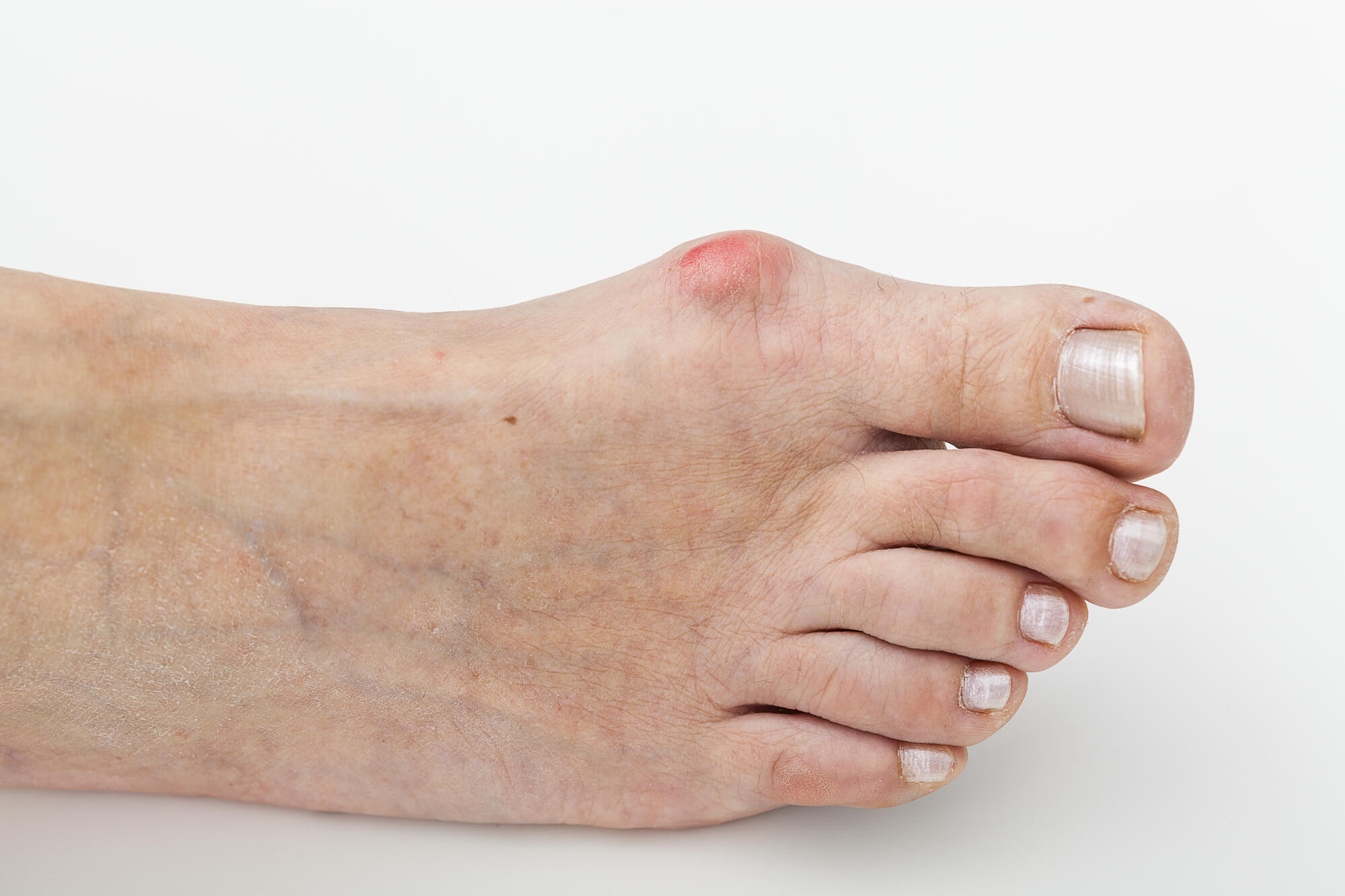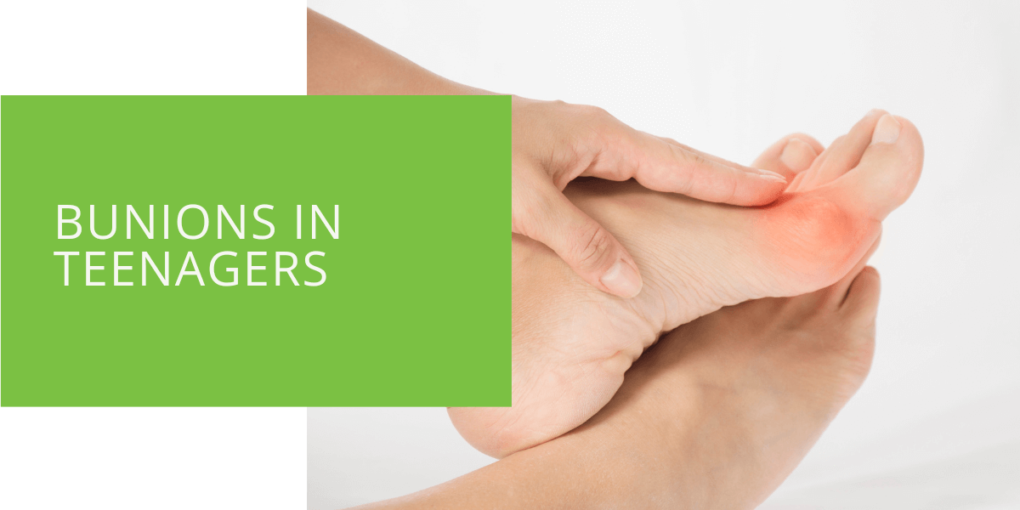Understanding Bunions in Teenagers
Bunions are a common foot condition that affects people of all ages, including teenagers. Bunions occur when the base of the big toe joint becomes enlarged, causing a bump on the side of the foot. This deformity can be painful, limiting physical activities and impacting the quality of life for those who suffer from it. In this article, we will explore the causes, symptoms, and management of bunions in teenagers.
What are Bunions, and What Causes Them?
A bunion is a deformity at the base of the big toe joint. It is characterized by a bump on the side of the foot near the big toe. The bump is an overgrowth of bone that has shifted out of place, causing the toe to point inward toward the other toes.
Factors Contributing to the Development of Bunions in Teenagers
Genetic and Hereditary Factors
Bunions can run in families, and there is evidence that suggests that genetic factors may play a role in the development of bunions. Certain foot types, such as flat feet, can also be inherited, increasing the risk of developing bunions.
In some cases, the inherited foot structure or shape may put increased pressure on the big toe joint, leading to the development of bunions over time. People who have inherited a tendency towards flat feet or other foot abnormalities may be more susceptible to developing bunions, even with proper footwear and other preventative measures.

Environmental Factors
In addition to genetic and hereditary factors, environmental factors can also play a role in the development of bunions in teenagers. Tight, constricting footwear can put excessive pressure on the big toe joint and contribute to the formation of bunions. Wearing high heels, pointed shoes, or shoes that are too narrow in the toe box can increase the risk of developing bunions.
Flat feet can also contribute to the development of bunions, as they can cause excessive pressure on the big toe joint. People with flat feet may be more susceptible to developing bunions because they have less arch support, which can cause the feet to overpronate (roll inward) and put extra pressure on the big toe joint.
Common Signs and Symptoms of Bunions in Adolescents
Some common symptoms of bunions in teenagers include:
- Pain or discomfort at the base of the big toe
- Swelling or redness around the big toe joint
- A bump on the side of the foot near the big toe
- Inward pointing of the big toe
- Difficulty walking or discomfort when wearing shoes

Impact of Bunions on Teenagers' Lives
Pain and Discomfort Associated with Bunions
Bunions can cause significant pain and discomfort for teenagers. The bump on the side of the foot can rub against shoes, causing pain and irritation. The big toe joint may also become swollen, making it difficult to walk or wear shoes.
Effect of Bunions on Physical Activities and Quality of Life
In addition to the physical discomfort, bunions can also impact a teenager's quality of life. The condition may limit physical activities and make it difficult to participate in sports or other physical pursuits. Furthermore, the deformity can cause self-consciousness and lead to a negative self-image.

Prevention and Management of Bunions in Teenagers
Footwear Recommendations for Teens with Bunions
One of the best ways to prevent and manage bunions in teenagers is by wearing proper footwear. Podiatrists recommend avoiding tight or high-heeled shoes and opting for shoes with a wide and deep toe box. Shoes should also provide adequate arch support to help distribute weight evenly across the foot.
Stretching and Exercise for Bunions in Adolescents
Podiatrists also recommend stretching and exercising to help improve foot and toe strength and flexibility, and reduce pressure on the big toe joint. Stretching exercises can help maintain good posture, prevent tightness in the feet, and improve range of motion. Strengthening exercises, such as calf raises and toe curls, can also help improve the overall health of the feet and reduce the risk of developing bunions.
Orthotic Devices for Bunions in Teenagers
Orthotic devices, such as splints or custom orthotics, can help reduce the pressure on the big toe joint and relieve pain caused by bunions. Podiatrists can fit patients with the appropriate orthotic device to provide support and alleviate symptoms.
Schedule an Appointment with a Podiatrist
If you suspect that your teenager is suffering from bunions, it is important to schedule an appointment with a podiatrist. Podiatrists are medical professionals who specialize in diagnosing and treating foot and ankle conditions, including bunions. During the appointment, the podiatrist will examine the feet, take X-rays, and recommend the best treatment for your teen's specific needs.
Conclusion
Bunions are a common foot condition that can impact teenagers, causing pain, discomfort, and limiting physical activities. However, by taking preventative measures, such as wearing proper footwear and exercising, and seeking treatment from a podiatrist, it is possible to manage and reduce the symptoms of bunions in teenagers. If you suspect that your teen is suffering from a bunion, schedule an appointment with a podiatrist today.

